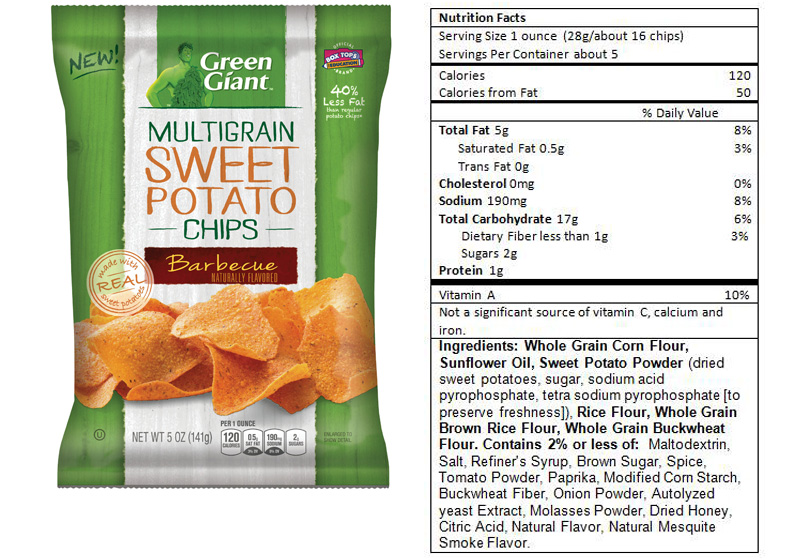Fever is your friend
The purpose of this post is to demystify fever in of itself and to offer a natural approach to supplement the advice and treatment you receive from your physician.
[This is not meant in any way as medical advice or diagnosis regarding fever or illness. This post is as an informational source only. Before following any information presented here please consult with your physician or child’s Pediatrician. No part of this post is meant as a treatment for fever or the symptoms accompanying fever].
Each doctor varies slightly in their approach to fever management. Fever is only one symptom, like a warning sign in a constellation of symptoms involving a disease process whether it be a virus or bacterial infection.
As a medical doctor I recommend face to face examination of a patient with fever to be certain of what the fever represents. I keep in contact with my patient’s for any changes in both behavior and medical condition.
Any fever above 102 F should be brought to the attention of your physician. Babies under 2 months any fever above 100.5F
”Fever is our friend”–without fever we wouldn’t have an important warning about an illness whether it be viral or bacterial. We would not be able to mount an immune response for this infection . Fever helps your body fight the infection particularly a virus. It helps send your fighting cells to the site of infection. Fever also builds your immune response to the particular infection so next time you are exposed to that illness it can fight it more effectively.
[Febrile seizures :High temperatures are not responsible for febrile seizures rather the cause is an unusually rapid rise in temperature from normal level to febrile. In fact most febrile seizures stop on their own and are not harmful . ( you should seek medical care if your child has a possible febrile seizure). Febrile seizures occur from 6 months to 6 years.]
Fever symptoms- chills, aches and pains, sweating are all coordinated symptoms , not themselves harmful but are part of a response to fight the invading infection.
Fever is a sign of illness and as such any treatment should be in coordination with your physician or your child’s pediatrician
Since the middle ages we have feared fever as some mysterious evil force and sign of a terrible deadly disease.
Often the treatments born out of this fever fear were worse than the disease itself.
Some of the things we have done include the below but WE DO NOT USE THESE ANY MORE
Alcohol baths- is toxic to children by being absorbed through the skin
Aspirin – in children causes Reyes’s syndrome- injuring the liver and brain.
Bloodletting – don’t have to discuss this one
Ice baths- not what someone needs when we are trying to be comfortable
General approach to fever after you have consulted with your physician .
Acetaminophen or ibuprofen both are useful medications to control fever and use for comfort from the symptoms of fever- including headache, chills aches, and pains. Ibuprofen is more beneficial for these symptoms that accompany fever but does have more gastrointestinal side effects.
Let your body fight the infection with fever as long as your or your child is comfortable.
Do what is reasonable when necessary with respect to any medication to get adequate sleep.
It is OK to stay with fever if you or your child is getting enough fluids, breathing comfortably, and resting comfortably. If you or your child is sleeping and have no other signs of distress there is no major rush to wake up and give something to knock the fever down. Now you and the child are awake and miserable.
Make sure you get more liquids, when your body has fever you require more fluid.
Only exert yourself to the point that you feel comfortable. No intense exercise or sports. It’s fine if you feel up to it to go outdoors in good weather, move around and get mobile. Fresh air is good.
If a fever does not immediately respond to fever reducers does not mean it is a worse infection or virus than a fever that drops quickly and goes back up.
Fever in general is stabilizing to the body. Higher fevers do not harm you more if your body is fighting a virus.
Treat the person or child not the fever.
Go for comfort, you do not have to follow the fever every minute.
Fever itself is just a sign that you have an illness – not the illness itself.
Make sure you are aware of the important signs and symptoms of worsening illness besides just fever-respiratory distress { any difficulty breathing}. Sore throat, not taking fluids, pain ( chest, joints), cough. These are some of the additional signs of illness that may give your physician a better idea of what this fever may represent.
Natural methods for fever control
Drink lots of fluids
Room temperature bath or wipe down with water
Wet socks, and many cultures add citrus fruit or spice balm to help a fever.
Tea
The usual healing teas are very useful here. Hibiscus , ginger and echinacea
Goji tea works very well for fever, add ginger to it
The fever tea : specifically combine these leaves or oil
chamomile
peppermint tea or oil. Caution excessive peppermint oil can be toxic.
lemon balm
elder
Spices and herbs
Cayenne pepper- many people I know sprinkle cayenne pepper on a slice of pineapple and eat it that way for illness or fever. It helps to enhance the effect of the fever and the body’s ability to fight the infection .
Turmeric , garlic, and oregano – on food, soups. tea
Super power chicken and vegan vegetable soup- add many of the above ingredients, see post on fighting a cold.
Warren Krantz MD, FAAP
HealthfulMD



